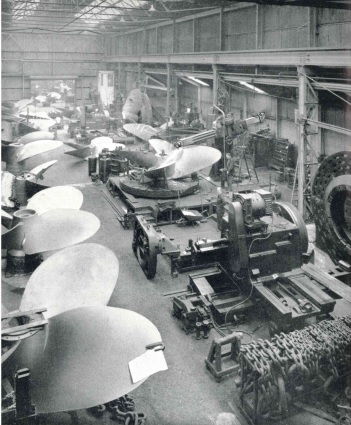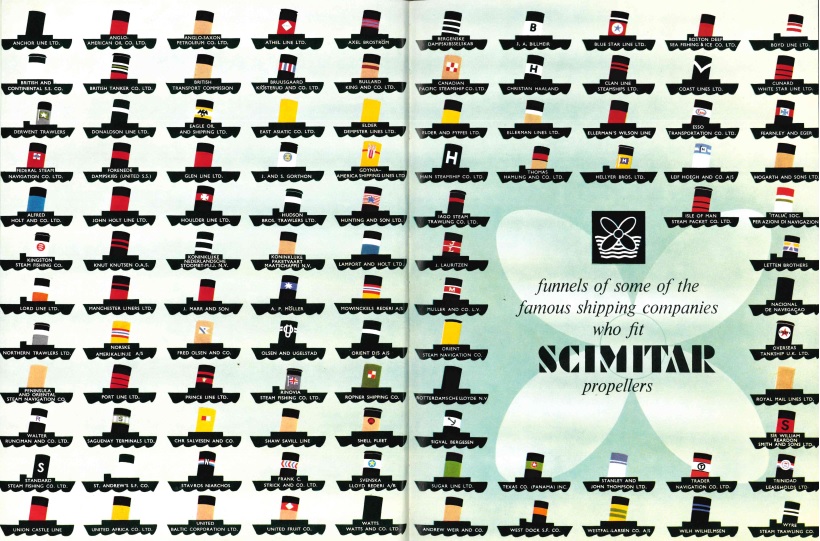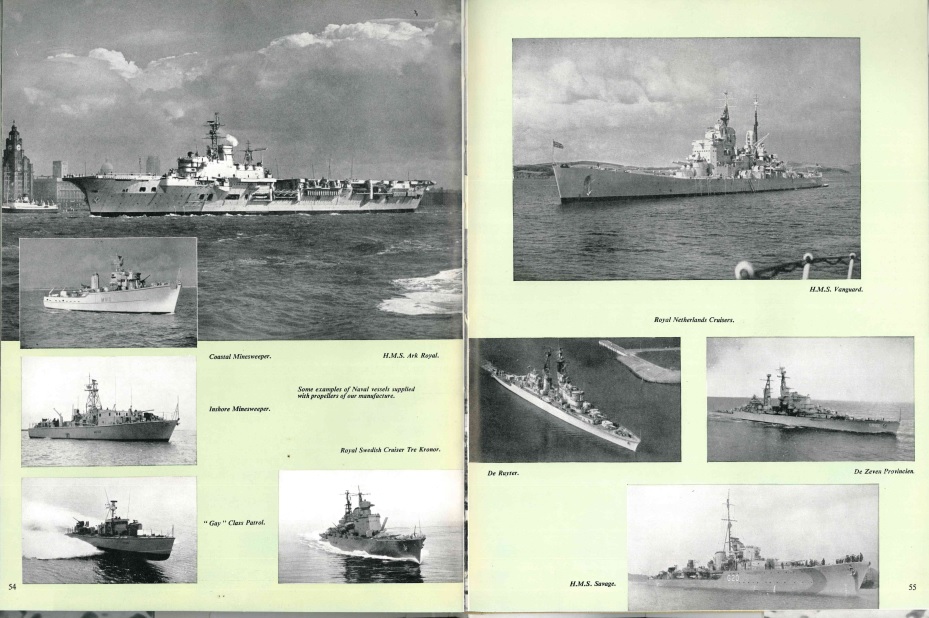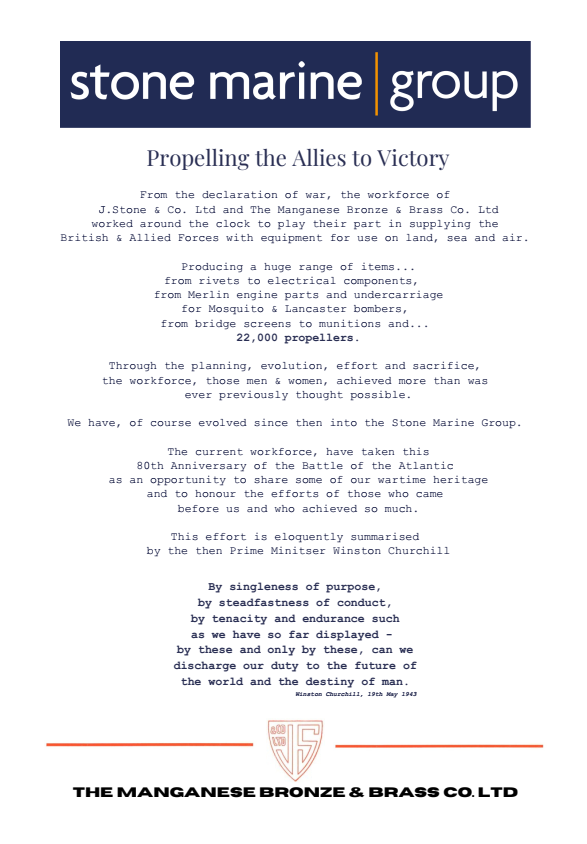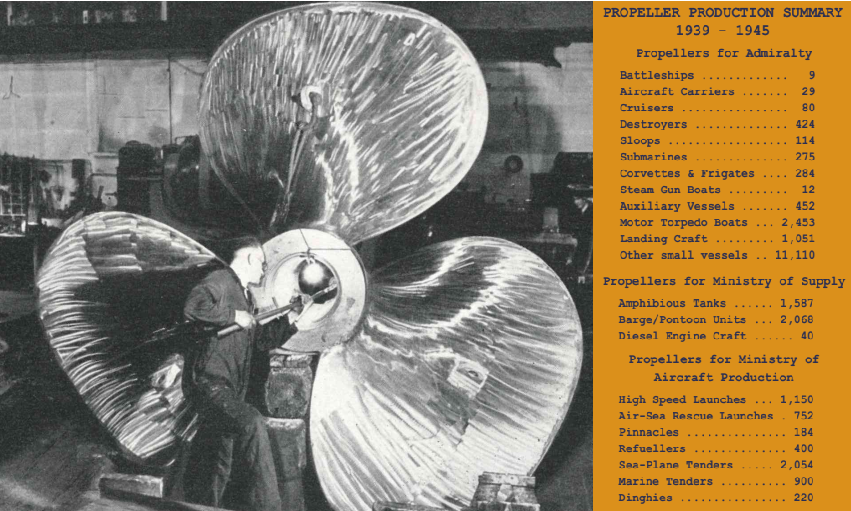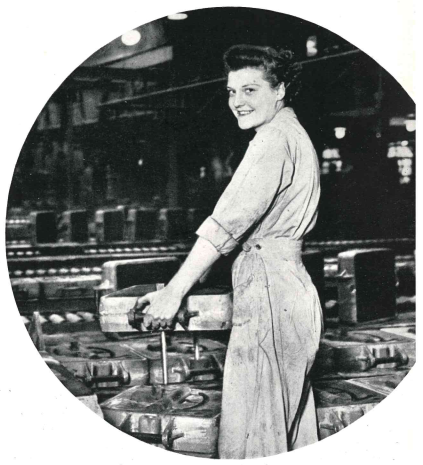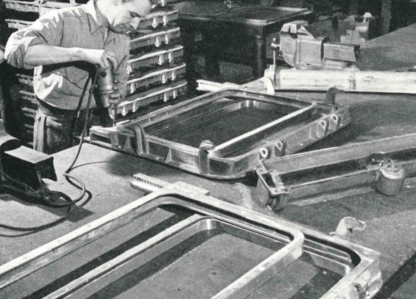We bring our story to the eve of battle in 1939. Following the end of hostilities in 1918 work and development of propellers and production continued.
The use of turbine engines became more widespread, and the issues faced with older materials, often specified by owners at the design stage, became ever more apparent.
Cast iron propellers were now obsolescent and a general rush to retrofit propellers with newer designs using newer materials began. The science of tailoring propeller design with hull design developed further and by the 1930’s the Scimitar (Manganese Bronze & Brass Co. Ltd) and Heliston (J. Stone & Co. Ltd.) propeller designs were in high demand. With patents granted across the world, business boomed.
Efficiencies of 15% were widely reported in industry press. The Scimitar design continued to be refined and was widely used for decades to come.
Production for the mercantile and passenger fleets soared. The list of companies using either Stones or Manganese Bronze & Brass propellers is too long to list but the image showing the shipping lines below tells its own tale.
In the 1920’s the Admiralty began to prepare a 10yr building programme of vessels including an aircraft carrier and aircraft. During the 1930’s the global political situation deteriorated, and preparations slowly turned to a wartime footing.
Royal Navy carrier HMS Ark Royal (built by Cammell Laird Shiprepairers & Shipbuilders Limited and pictured on the River Mersey), commissioned in 1937, was propelled by Scimitar propellers and many other navies needed reliable propulsion.
Throughout this time, the scope of the supply to future wartime vessels grew massively.
On 3rd September 1939 Britain declared war and the #BattleoftheAtlantic – the longest campaign of World War II began.
With the research and development of the previous decades, building on knowledge and expertise which even then stretched back close to 100 years it was inevitable that J. Stone & Co. and Manganese Bronze & Brass Co. were going to play an important role in the ongoing war effort.
Not only were many designs ahead of their time but also the skills of the work force and the reliability in production were essential.
Such was the importance of this work and the work of many other companies, to ensure that production was maintained, many workers were exempted from wartime service along with others in engineering, medicine, farming and baking. Of course, many of the workforce did enter National Service in some form.
As demand for labour grew, the 2nd National Service Act (1941) brought women into the workforce. We will focus on the work undertaken by women during wartime over the next few weeks and we will highlight many areas of supply directly supporting our armed forces.
These include Sea Plane Lifting Gear, Bridge Screens, Ships Windows, Electrical Equipment, Rivets & Welding, Munitions – And of course… propellers.


